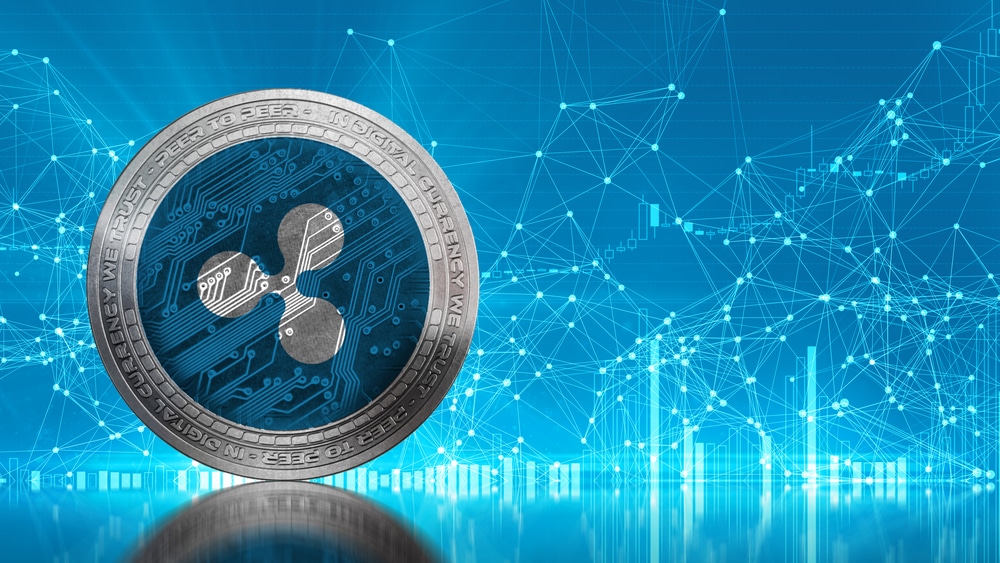A decentralized exchange system called 0x was created by Amir Bandeali and Will Warren in 2016 to make it easier for users to trade digital assets across the Ethereum network. With its transparency, security, and interoperability foundations, 0x provides consumers with an easy-to-use and effective means of exchanging many tokens without intermediaries.
Technical Features
1. Decentralized Infrastructure
Without depending on a central authority, 0x facilitates decentralized trading using smart contracts implemented on the Ethereum blockchain.
2. Off-Chain Order Book
The Protocol uses off-chain order relay and on-chain settlement to increase scalability and lessen congestion on the Ethereum network.
3. Liquidity Aggregation
To give consumers access to a larger pool of liquidity and better prices, 0x combines liquidity from various sources, such as market makers, relayers, and decentralized exchanges (DEXs).
4. Modular Architecture
The Protocol’s modular architecture promotes innovation and experimentation within the ecosystem by enabling developers to alter and expand its functionality to meet certain use cases and requirements.
Uses and Technical Information
1. Token Trading
By eliminating the need for centralized exchanges, 0x allows users to trade Ethereum-based tokens directly with one another. Peer-to-peer trading of digital assets is made possible while keeping money custody secure.
3. Tokenization
Various assets, including cryptocurrencies, non-fungible tokens (NFTs), and tangible assets, can be tokenized using the Protocol. 0x makes these assets more tradeable, transferable, and fractionally owned by presenting them as tokens on the Ethereum network.
4. Gaming and Collectibles
To facilitate the exchange of in-game items, digital collectables, and unique tokens, 0x is extensively utilized in the gaming and collectables industries. This eliminates the need for centralized platforms, enabling peer-to-peer asset trading, buying, and selling for players and collectors.
Steps for Using 0x for Decentralized Token Trading
Step 1: Connect to a Wallet
The first step is connecting to an Ethereum wallet compatible with and supports the ERC-20 token standard. Wallets from Coinbase, Trust, and MetaMask are popular choices.
Note:
Uses must ensure enough Ethereum (ETH) in their wallet to cover transaction costs.
Step 2: Visit a 0x-based Exchange
Go to a decentralized exchange (DEX) that utilizes the 0x Protocol as its foundation. Matcha, the exchange interface developed by 0x Protocol (0x Portal), and DEX aggregators such as DEX.AG and 1-inch are a few examples.
Step 3: Select Tokens
Here, users would choose the tokens they want to trade using the exchange interface. If the token they wish to trade isn’t listed, they can enter its contract address or select it from a list of accessible tokens.
Step 4: Choose Trading Pair
They would have to choose the trading pair they wish to use. For instance, they should select the right combination (ETH/DAI, ETH/USDC) to exchange Ethereum (ETH) for another ERC-20 token.
Step 5: Specify Order Parameters
Users must choose between executing a market order, which is performed at the best price, or a limit order, which is executed at a fixed price. They should review the order details and enter the desired amount for the token they wish to buy or sell.
Step 6: Sign Transaction
Depending on whatever Wallet in use, their wallet will request they sign the transaction using either their private key or their biometric authentication after verifying the order information. By doing this, the user gives the exchange permission to carry out the trade on their behalf.
Step 7: Wait for Confirmation
The transaction will be sent to the Ethereum network for processing as soon as it is signed. The confirmation and blockchain recording of the transaction could take a few seconds to several minutes, depending on network congestion.
Step 8: Review Transaction History
Users can review their previous trades, including details like the deal amount, price, and timestamp, using the transaction history function found on most decentralized exchanges.
Note:
When trading on decentralized exchanges, users should always proceed cautiously and ensure that the platforms they are using are reliable. Users must avoid falling for phishing scams and link their wallets to only reliable websites.








Leave a comment